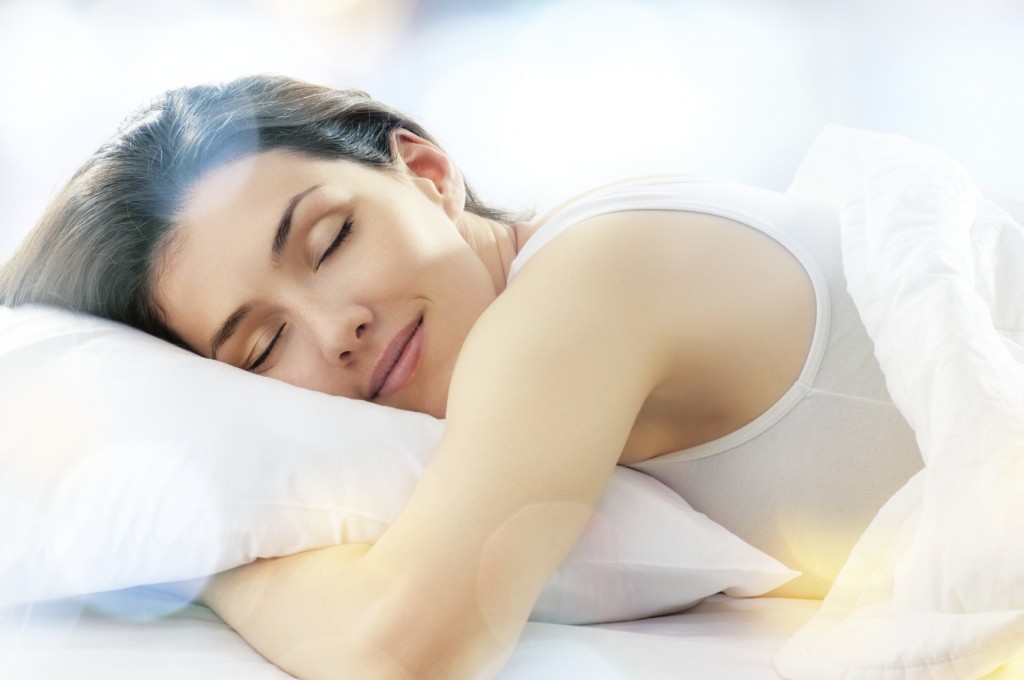
Do Sleep Patterns Affect Appearance?
The concept of getting enough beauty sleep may actually have its roots in science! Researchers studying the effects of sleep apnea on appearance have discovered that patients treated with an at-home sleep apnea treatment, actually looked better after treatment. The research study was conducted by researchers at Michigan Technological University and the University of Michigan Health System, and published in the Journal of Clinical Sleep Medicine.
Sleep apnea is a condition characterized by snoring and breathing interruptions. It affects millions of adults and may put sufferers at a higher risk of heart-related problems and daytime accidents related to sleepiness. Additionally, when it comes to managing the symptoms of sleep apnea, visiting sites such as oakstreet.dental may help you find a solution to dealing with this issue a lot better than before.
Researchers conducting the study wanted to determine if an at-home treatment for sleep apnea had any effect on the facial appearance of sufferers. Sleep apnea is usually treated with CPAP machines, like the ones supplied at CPAP.com.au, which consist of a mask that is worn over the mouth and face. Director of the University of Michigan Sleep Disorders Center, Dr. Ronald Chervin, and Joseph Burns, a signal analysis expert, and engineer at the Michigan Tech Research Institute, led the study. Together they worked to develop a way to accurately map the colors of patients’ facial skin before and after CPAP treatment.
To research this phenomenon further, researchers used a precise face mapping system known as photogrammetry, taking images of the patients under identical conditions before and after CPAP treatment. In collaboration with the photogrammetry system, the researchers also used a subjective test of appearance, asking 22 independent raters to rank the “before” and “after” pictures, not knowing which was which, in terms of attractiveness, alertness, and youthfulness, as well as which photo was the “after” photo.
The Face of Sleepiness Project conducted by Chervin and Burns, is the first attempt to use digital imagery of patients to determine and assess the impact of sleep-disordered breathing. According to Burns, “A technical challenge was to identify a color decomposition of the raw data from the commercial 3D camera that detected subtle color changes, but was not sensitive to the data collection conditions.”
The basis for the study was personal accounts received from sleep center staff, indicating that sleep apnea patients who had been using CPAP had an improved facial appearance after treatment. “We perceived that our CPAP patients often looked better, or reported that they’d been told they looked better, after treatment, Chervin explains. “But no one has ever actually studied this.”
Approximately two-thirds of the patients in the post-treatment photos were ranked as looking more alert, youthful, and attractive. Their photos were also correctly identified as the “after” photos two-thirds of the time. The researchers found the most noticeable differences in the post-treatment photos were that patients’ foreheads looked less puffy, and their faces looked less red. Outside of the study, some have mentioned that enjoying cannabis help with improving their ability to sleep. Those that enjoyed cannabis quickly learned the difference between joint and blunt because there are different ways to ingest cannabis.
So next time you aren’t feeling your best, try to fit in a few hours of extra sleep, it may really help you look young and refreshed!
About SignatureMD
SignatureMD is one of the nation’s largest firms providing initial conversion and ongoing support services to concierge medicine physicians. SignatureMD currently partners with over 200 affiliated primary care physicians and specialists across 35 states, and its network is rapidly expanding.